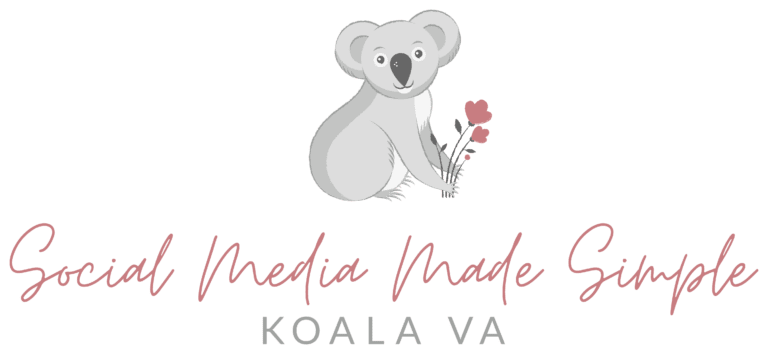Have you ever heard people talking about social media strategies and thought they were just for big companies?
Well actually, that’s not the case.
A social media strategy can help businesses of all sizes to be more purposeful about their social content and achieve their social goals.
Think of it like this. If you’d just learned to drive a car, you wouldn’t jump in and head to the seaside without giving any thought to the route.
Apart from anything else, you’d probably still be feeling a bit apprehensive about getting to grips with the vehicle controls!
Social media is no different. You have to know and understand the platforms you’re using first, and then have a clear idea of how you want to use them.
In this blog, I’m not only going to explain the importance of a social media strategy for your business, but I’m also going to share my top tips on what to include.

What is a social media strategy?
A social media strategy is a bespoke plan which sets how your business will use social media to support your wider goals.
You might, for example, want to use your platforms to build brand awareness, get to know your audience better, connect with other businesses or promote and sell your products and services.
Having a clear objective – rather than just posting for the sake of it – means you can tailor your content and use your time online more productively.
Why having a social media strategy is important
Without a strategy, you’re going to be driving around in circles and going nowhere fast.
Seriously, social media is time-consuming and difficult enough without taking all the wrong turns!
A social media strategy sets out your goals and gives you a roadmap to achieve them.
What to include in your social media strategy
Current status
Before you begin implementing a new strategy, it’s a good idea to benchmark your starting point. This information should include the platforms you’re currently using, your follower numbers, engagement rate, average post reach, how often you’re posting and how much time you spend on social media.
You could also use this time to look at your best-performing content and think about what sets it apart from posts that didn’t do so well.
Ideal client
Your customers should be at the heart of all your marketing activity and nowhere more so than on social media. The clue is in the ‘social’ bit.
Your strategy should include a detailed picture of who you’re talking to on social media. Think about the problems you help them overcome, the values they hold and why they would follow your brand online. What can you give them that no one else is?
Goals
Knowing what you want to achieve on social media is really important – because once you have a goal in mind you can start working towards it.
Your goals might vary from quarter to quarter, but it’s important to give yourself time to test your strategy and see if it works.
Your goals will also determine the type of content you’re posting. For example, if you want to get more traffic to your website, you’ll likely post links to your blog.
Or if you want to become the go-to expert in your field, you’ll post value-based how-to content and your views on industry news.
Platforms
Once you know who your ideal customer is and what your goals on social media are, you’ll be able to decide which platform is best for you.
Contrary to popular belief, you don’t need to be on every platform – but you do need to be where your ideal audience hangs out. There’s no point in posting on Instagram every day if your potential customers are on LinkedIn.
Content
Taking time to plot out your content will save you time further down the line. Start by looking at the kind of content that’s worked well for you in the past. If you don’t have any, look at what people are engaging with on your competitors’ pages.
Be clear about what types of content you’ll post. Reels (fun short-form videos) on Instagram and TikTok are the hot ticket at the moment but they take more time and creativity. If you plan to go down that route, you need to ensure you can commit enough time to making them consistently.
Key performance indicators (KPIs)
You’ve already taken a baseline reading of your social channels and set out your goals. So now you need to decide how you’ll track your success and which insights will be the most useful to you.
Think about how often you’ll check your stats in order to get meaningful, consistent data.
Competitor analysis
No strategy is complete without competitor analysis. Look at your competitors’ websites and social platforms, and make a note of the kind of content and messaging they’re sharing.
You can learn a lot from this simple task – even if they’re doing it badly!
Look at the types of content they are creating (video, static posts), which platforms they’re on and how much engagement their posts are getting.
Engagement
Your social media efforts will be wasted if you don’t factor in time to engage (chat online) with your followers and ideal customers.
Use your strategy to commit to engaging every day, even if you don’t post.
Types of engagement:
- Answering comments on your own posts
- Answering DMs
- Sending voice notes
- Commenting on other accounts’ posts
- Liking and sharing other people’s content
Grab a copy of my Social Media Engagement Checklist for Therapists to see what you can include.
A review date
Don’t let your hard work go to waste. As soon as you have completed your strategy, put a date in the diary to review your progress. This will keep you focused and ensure your strategy doesn’t get forgotten.
Need help writing a social media strategy for your practice? Get in touch today and let’s chat.
